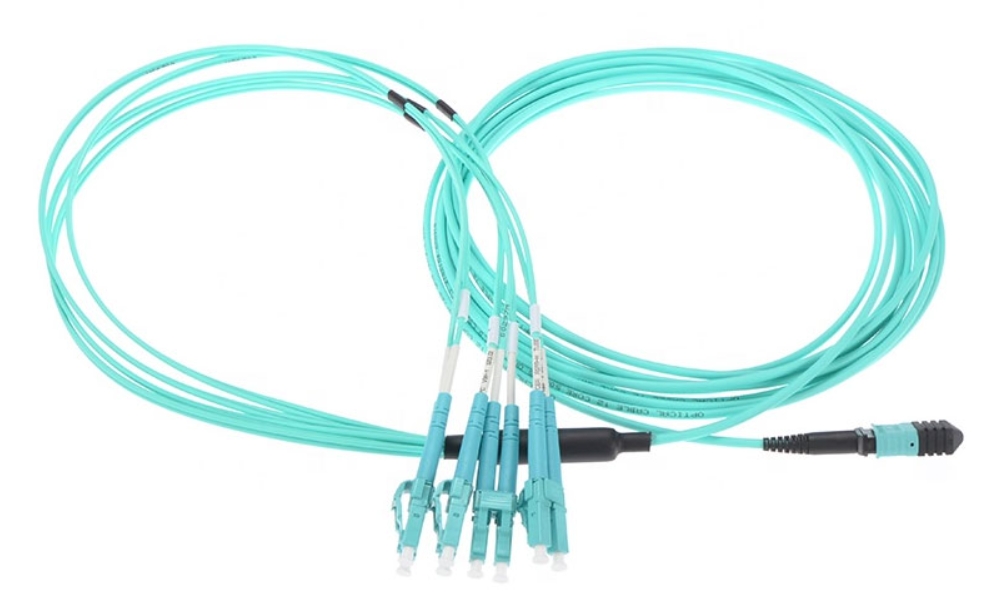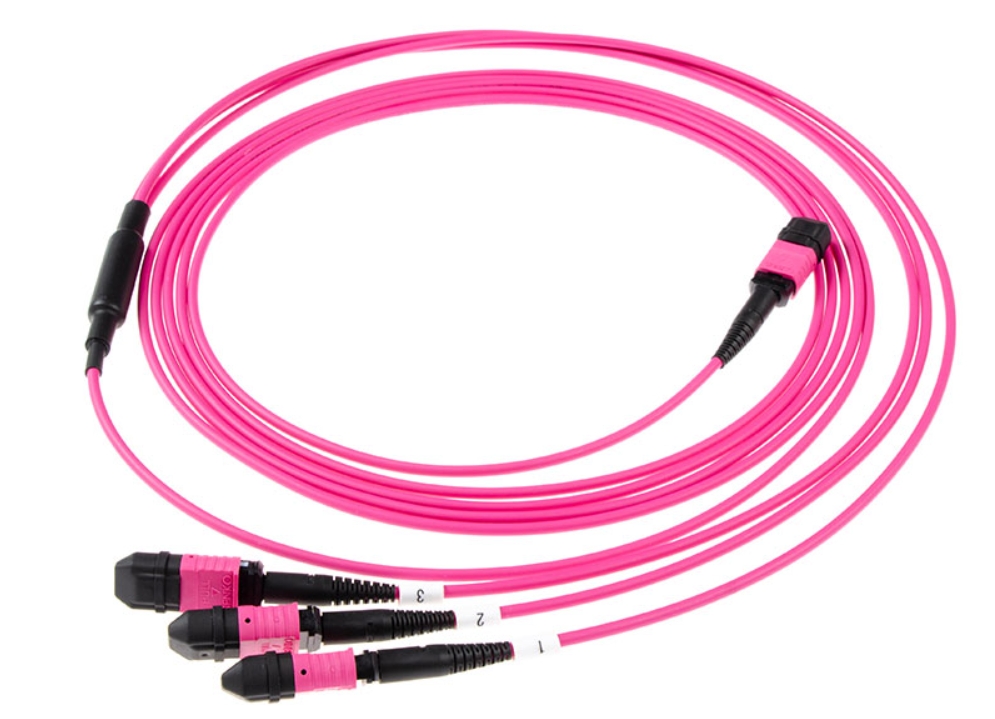Application of MTP MPO Fiber Cable in Data Center
Application of MTP MPO Fiber Cable in Data Center
Blog Article
MTP MPO fiber cable widely used in data centers. In recent years, the demand for bandwidth in data center optical fiber transmission systems has shown a high-speed growth trend. Therefore, the use of a new generation of optical fibers and optical transceiver modules can continue to explore the potential for bandwidth growth in optical fiber networks. Because multimode MTP/MPO optical cables have great advantages in cost and have absolute advantages in data center applications.

The Origin of MTP MPO Fiber Optic Cable
Driven by the continuous application and promotion of network media in cloud computing environments. Multimode MTP/MPO optical cables are also developing. From OM1 to OM2, and from OM3 to OM4, VCSEL laser optimization technology used, and bandwidth demand continues to grow. The introduction of the new category OM4 multimode MTP/MPO fiber optic cable standard EIA/TIA492AAAD provides a better transmission method for the widespread application of multimode optical fiber in the future. This article will provide an ideal communication solution for your data center, server, network switch, telecommunications switching center. And many other embedded application systems that require high-speed data transmission.
In 40G/100G data transmission applications, the transmission port connection devices. Such as QSFP optical transceiver modules. Which will directly connected through MTP/MPO optical cables regardless of the fiber channel used or the type of fiber connection. Because the channel connection between the 40G/100G data transmission application devices and devices needs to form a special mode so that the channels of the transmitting and receiving ends of the devices correspond to each other. Which requires MTP/MPO optical cables to complete the connection.

Features of MTP MPO Fiber Cable
MTP/MPO optical cables can provide a variety of applications for all networks and devices that require 100G modules. They adopt the MT series sleeve design of the high-density multimode fiber connector system industry. MTP/MPO optical cables use UPC and APC polished end faces and support multi-mode and single-mode applications. With VCSEL lasers and LED light sources, 10G OM3/OM4 MTP/MPO fiber cable can provide 10gbps data transmission rates in high-bandwidth applications. They are 5 times faster than standard 50um fiber jumpers.
At the same time, multimode MTP/MPO fiber optic cable are also a more economical choice for most of the most common fiber optic communication systems. Single-mode MPO/MTP fiber optic patch cords mainly used in long-distance data transmission systems. MPO/MTP trunk optical cables specially designed for data center applications. Typically, single-mode and multimode MTP/MPO optical cables designed as round cables with an outer diameter of 3 mm or 4.5 mm.
Application of MTP MPO Fiber Cable
At present, MPO/MTP high-density optical cables mainly used in three aspects: high-density wiring data centers, fiber-to-the-home and connection applications with splitters, 40G/100G QSFP, SFP and other optical transceiver modules. Today, there are already a series of high-density parallel optical interconnect products that can adapt to the fiber optic transmission of modern data centers. Such as customized MTP/MPO fiber cable, multimode fiber loopbacks, and QSFP high-speed cables.
The development of server virtualization and cloud computing. As well as the trend of network integration. Which have brought about the development of faster and more efficient data center networks. At present, the 10g switch composed of 48 10g channels mainly limited to the use of SFP transceiver modules to achieve connection. In order to meet higher bandwidth requirements, users can use high-density QSFP high-speed cables to complete the connection. Which increase the data transmission rate of each channel. And increase the port density to meet customers’ high bandwidth requirements. Report this page